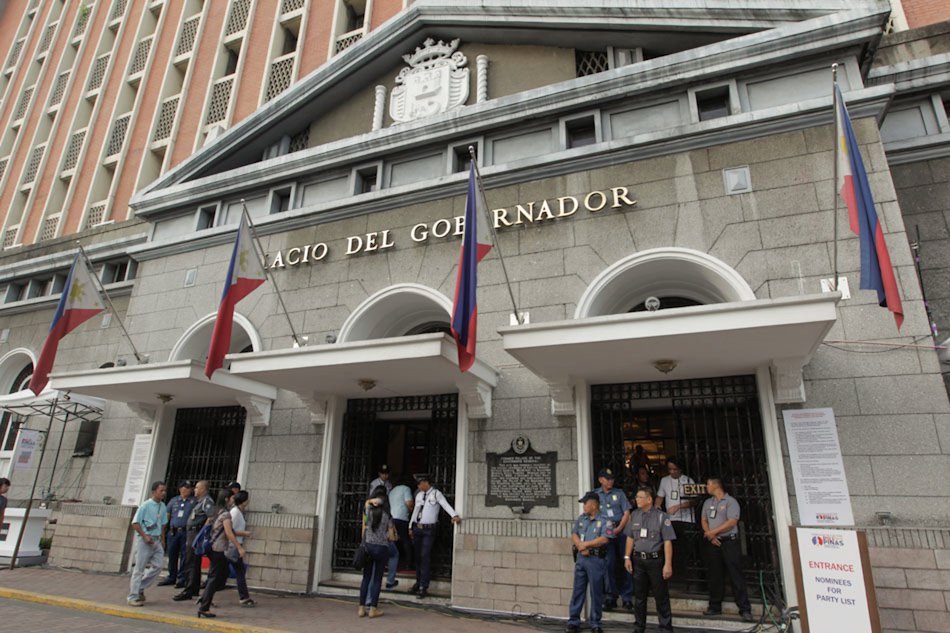After four weeks of relative tranquility, the Philippine Institute of Volcanology and Seismology (Phivolcs) has lowered the alert status of Taal Volcano from Alert Level 2, or decreased unrest, to Alert Level 1.
According to Phivolcs, Alert Level 1 means that the volcano is still in abnormal condition and should not be interpreted that unrest has ceased, or that the threat of an eruption could be over.
“Should an uptrend or pronounced change in monitored parameters forewarn of renewed unrest, the alert level may be raised back to Alert Level 2,” it said.
In its Volcano Bulletin issued at 8 a.m. on March 19, Thursday, Phivolcs said Taal Volcano’s condition in the succeeding four weeks after step-down to Alert Level 2 on February 14, 2020, has been characterized by a low-level volcanic earthquake activity, stabilizing ground deformation of the Taal Caldera and Taal Volcano Island edifices.
A weak surface activity was also observed at the volcano’s main crater and the Daang Kastila fissure. Phivolcs’ monitoring parameters, which include a decline in the daily average of volcanic earthquakes from 141 events/day between January 26 and February 14 to just 31 events/day between February 14 and March 18.
Volcano experts also monitored only 6 low-frequency events associated with magmatic or hydrothermal activity until March 6.
“These parameters are consistent with degassing ponded magma rather than active magma transport to and from the shallow magma reservoir beneath Taal Volcano Island,” Phivolcs said.
Moreover, monitoring via Global Positioning System from February 14 to March 16 showed very slow and slight uplift of the northern sector of Taal Caldera but continuing subsidence of the southern sector of the caldera and southern Taal Volcano Island.
Meanwhile, sulfur dioxide, or SO2 flux, based on Flyspec campaign averaged 56 tons/day between February 14 and February 17, before falling below detection limits in the succeeding days.
“Such low concentrations are consistent with a weakly degassing shallow magma source and absorption, or scrubbing, of volcanic gas by a recovering lake within the main crater and by TVI’s [Taal Vocano Island] recovering hydrothermal system,” it said.
Despite the lowering of the alert status of Taal, Phivolcs said residents who have returned to high-risk areas after the step down to Alert Level 2 on February 14 must remain vigilant and always be prepared for a quick and organized evacuation.
Image credits: Bernard Testa


























